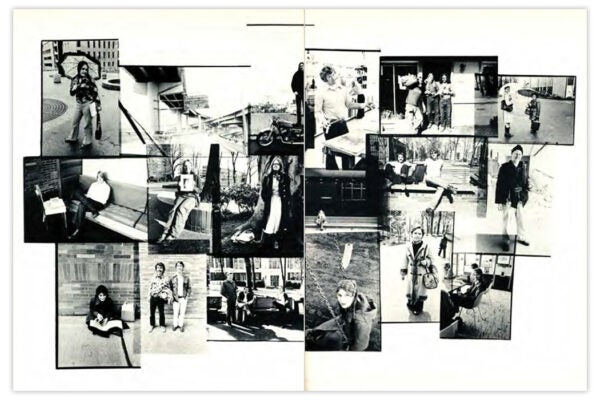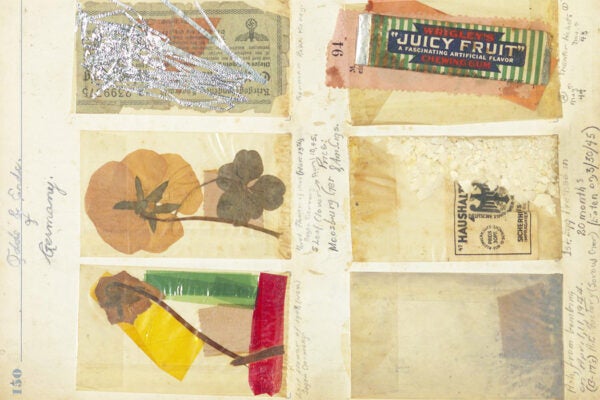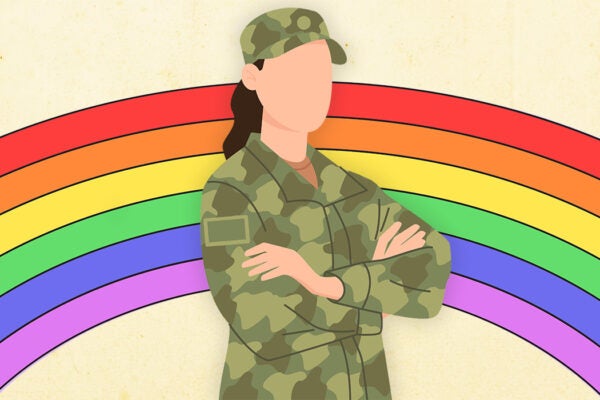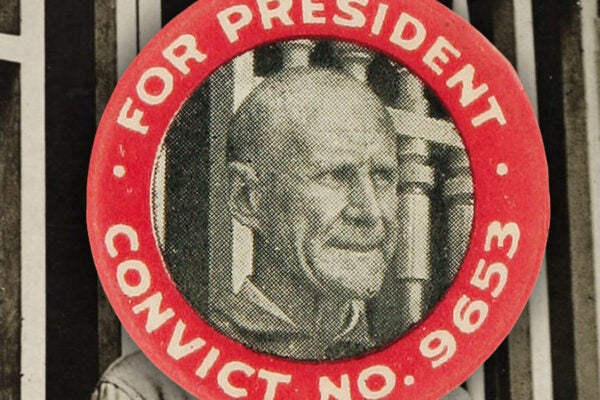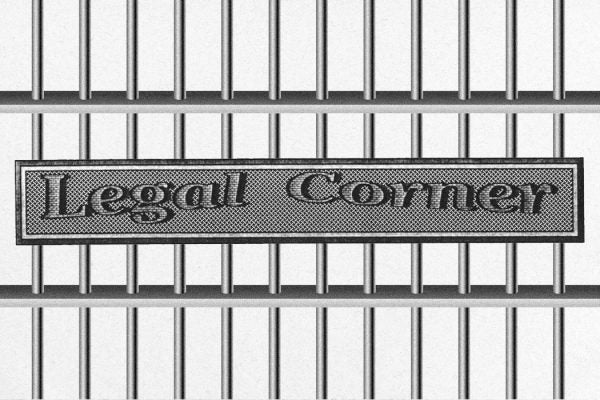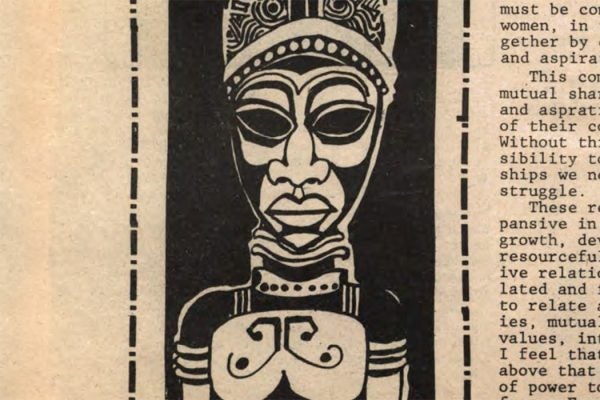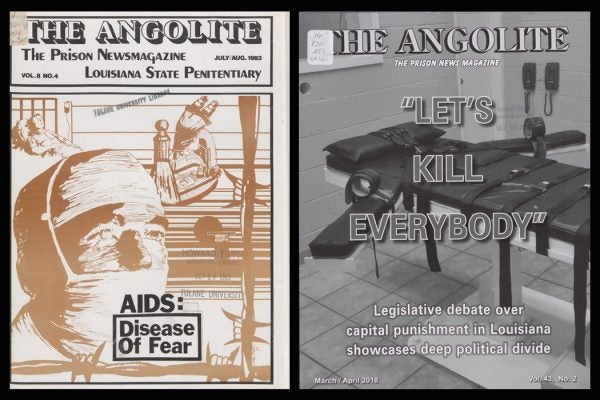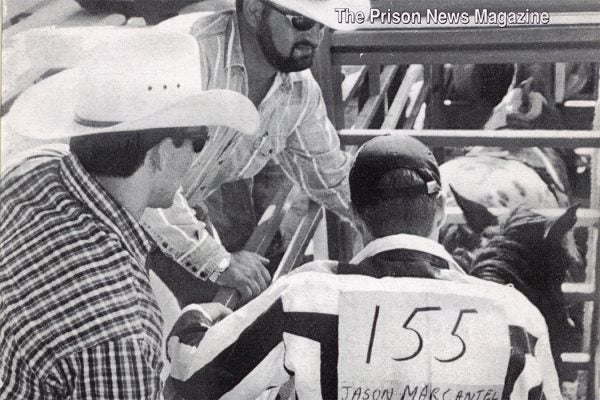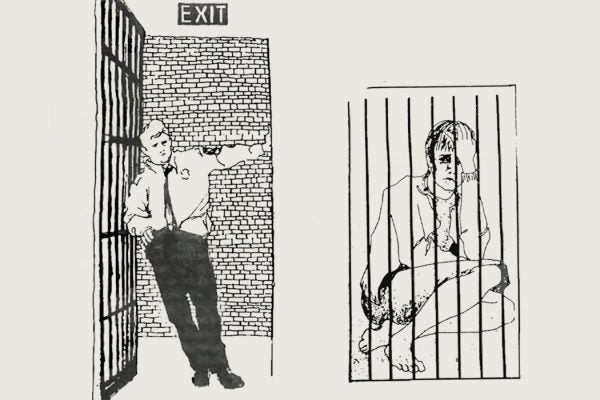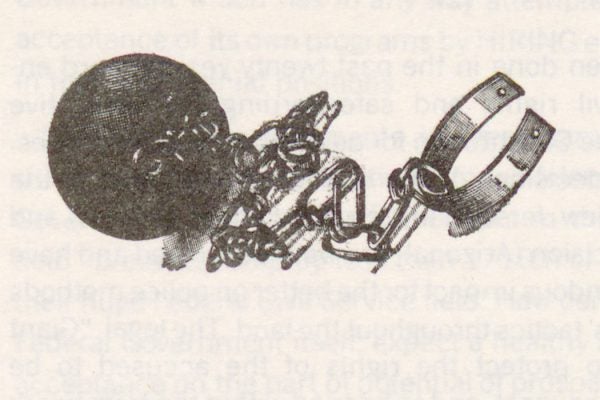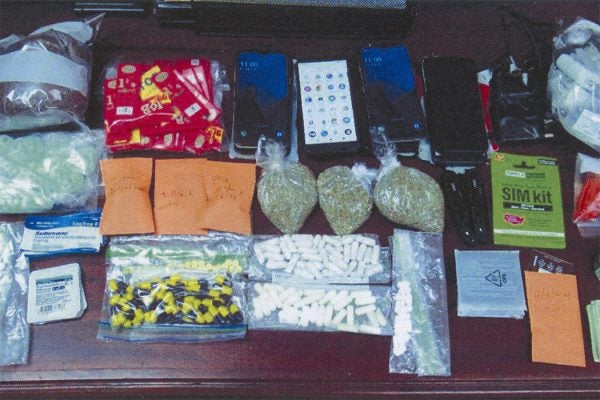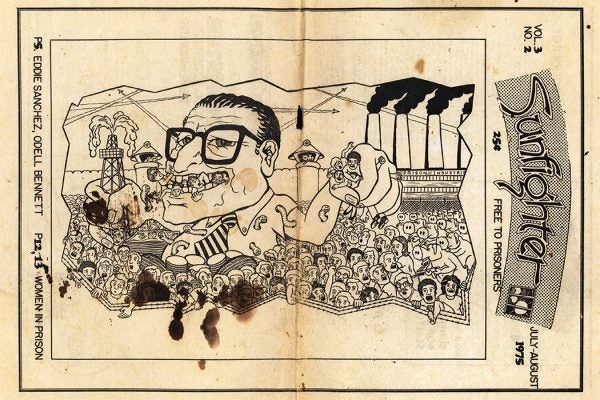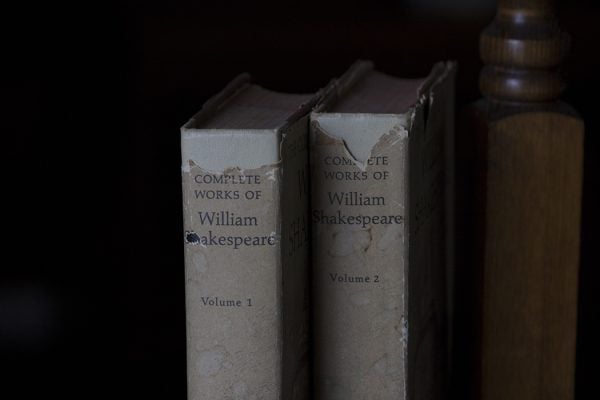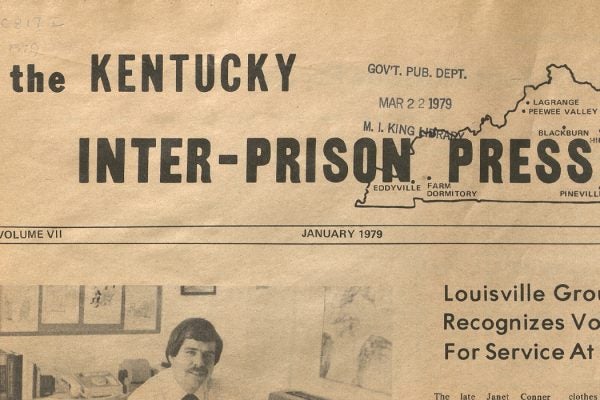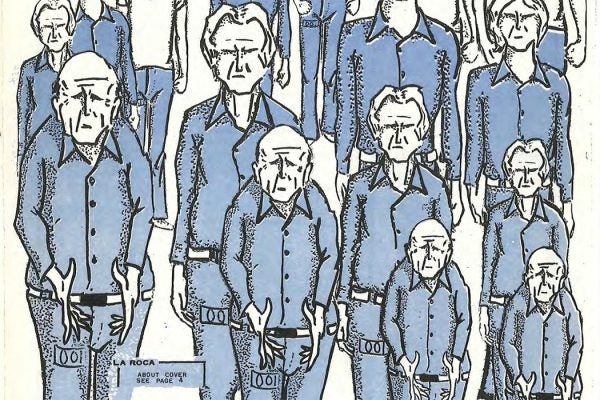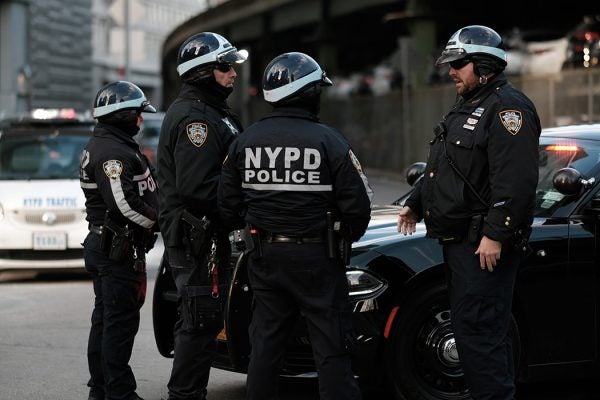Sheet Music: the Original Problematic Pop?
A Johns Hopkins University curator of sheet music and pop culture discusses a “Middle East-inspired” sheet-music collection that’s anything but.
Watching an Eclipse from Prison
For incarcerated people, being able to experience something collectively with those beyond the walls is a type of reprieve that buoys the soul and psyche.
Keep Portland Yearbook Photos Weird
Across thousands of images, Portland State University's yearbooks captured both society's upheaval and the city's cultural metamorphosis.
The Surprising Contents of an American POW’s Journal
There were 35 million prisoners of war held during World War II. One soldier's diary full of collages and drawings brings a human dimension to that number.
From Handcuffs to Rainbows: Queer in the Military
The US military has done an about face on LGBTQ+ rights in just over a decade.
How Prisoners Contributed During World War II
Prisoners not only supported the war effort in surprising ways during World War II, they fought and died in it.
A Century of History in Five Hawaiian Prison Newspapers
Hawaiian language and culture are emphasized throughout, ranging from before statehood and during martial law to modern day women's prisons.
A Million Americans Once Voted for an Incarcerated Socialist
Eugene Debs campaigned for both president and prison reform from a federal penitentiary. His critiques of the prison system still resonate.
Early Doctors Diagnosed Disease by Looking at Urine
When uroscopy became trendy, it caused a minor scandal within the early medical profession.
Voting Rights for People Convicted of Felonies
Formerly incarcerated people comprise the largest group of disenfranchised American voters. The American Prison Newspapers collection offers fresh insight into the issue.
Search Warrants and Case Law, a Prison Primer
The laws around search and seizure as they apply to average people, explained by Rafael Torres, an incarcerated Inmate Counsel Substitute in Louisiana.
On Drugs and Harm Reduction with Maia Szalavitz
Author of Undoing Drugs and NYT columnist Szalavitz talks history, science, media shifts, politics, and how the US might mitigate its overdose crisis.
Juneteenth: A Freedom Celebration Behind Bars
Juneteenth is commemorated by an incarcerated Black woman in a 1975 issue of Sunfighter. What does it mean to celebrate freedom when you have none?
The Angolite Comes to the Reveal Digital American Prison Newspapers Collection
The award-winning prison newspaper has long covered topics like prison policy, the death penalty, the societal cost of mass incarceration, that are still relevant today.
Reconciling with Violence through Poetry
A poem in The Angolite reconciles with the lethal violence of prison through creative expression.
The Other Crime Victims
Can perpetrators of crime also be victims of crime?
Second Chance Month Brings New Awareness to Old Issues
Second Chance Month is new, but concerns about job prospects, losing the right to vote, and high recidivism rates for the formerly incarcerated are not.
Injustice at the Indiana Women’s Prison
Medical neglect, food injustice, and mental health woes serve as the creative inspiration for poetry. Plus, how many days of work does it take to buy a bra?
My Name is Meth
Drugs, drug-themed poetry, and more drugs in the American Prison Newspapers collection.
A Poem on Freedom by Ho Chi Minh
Published in Sunfighter in the summer of 1975, "Nothing is More Precious than Freedom..." holds obvious allure for those who are incarcerated.
In Memoriam of the Convict Scholar
An 1899 issue of The Monthly Record reports the death of an acclaimed Shakespearian "convict scholar," who served over 20 years on a life sentence.
Featured Poem from the APN Collection: Lonely Nights
A jarring dose of humanity comes with the 1979 poem by Reva Walker at the Kentucky Correctional Institution for Women.
Mothers and War
Seeing images of mothers in wartime Ukraine sent editor Morgan Godvin down a research rabbit hole.
St. Patrick’s Day in Prison
Offhand references to St. Patrick’s Day showcase broader humor, humanity, and history in the American Prison Newspapers collection.
Crime Waves and Moral Panics
From train robberies to organized retail theft to murder, are we really gripped by a crime wave?



